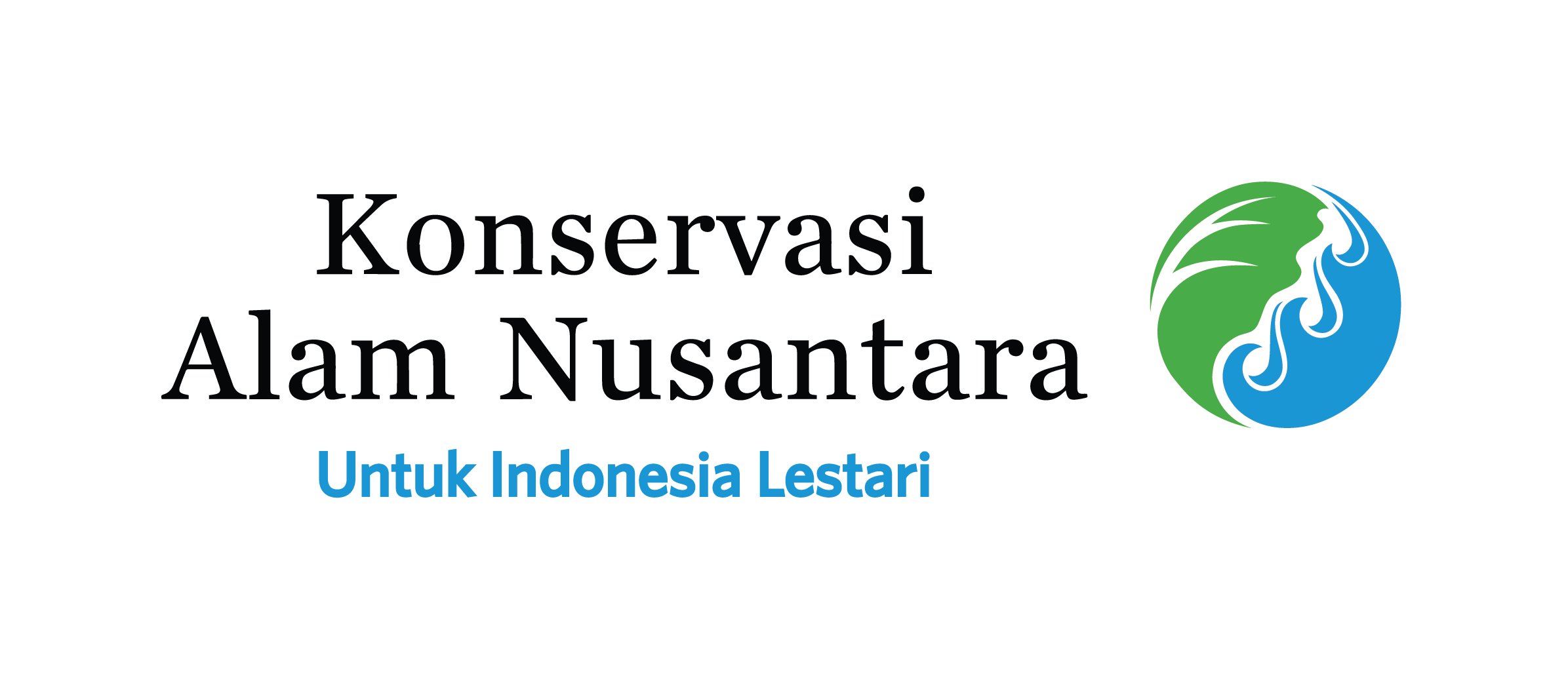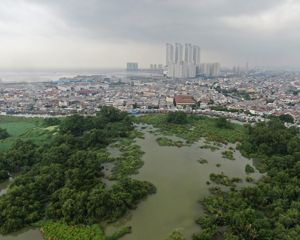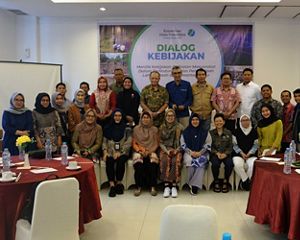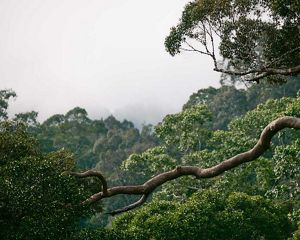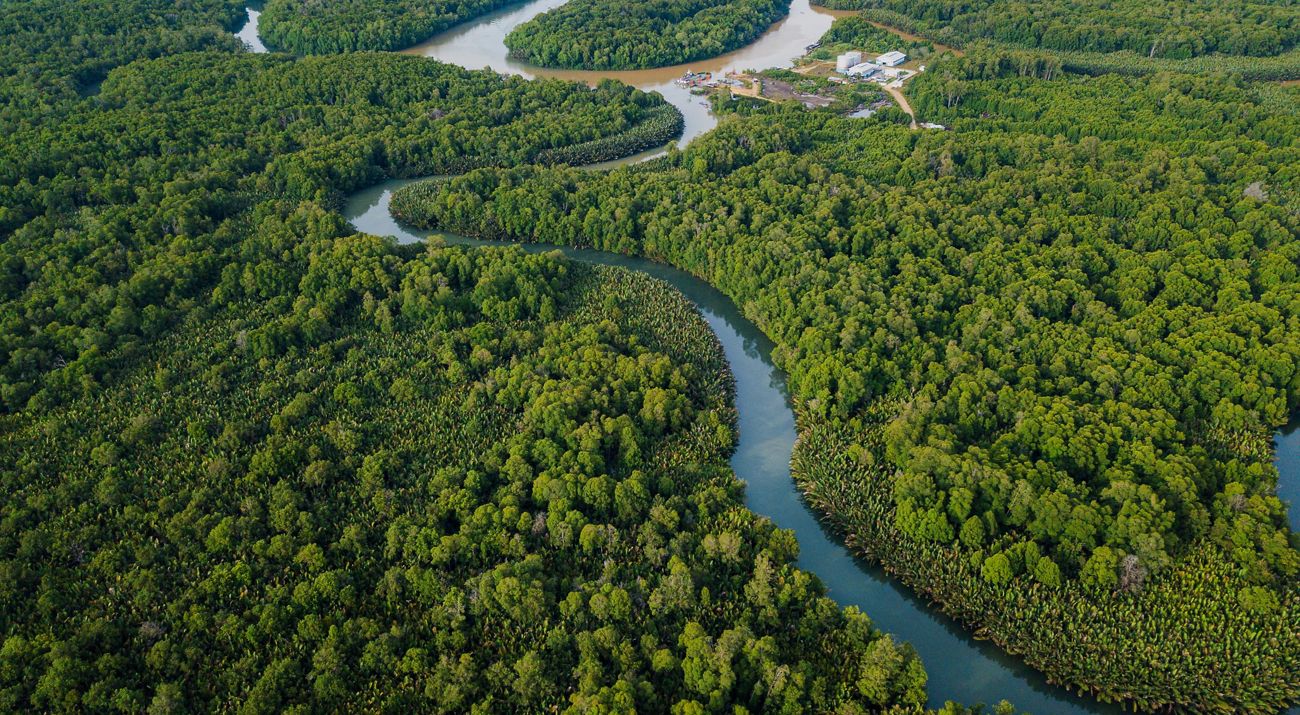
In 2018, the Berau Regency Government launched the SIGAP Sejahtera Program (PSS) covering all 100 villages across 12 districts in Berau Regency. The PSS aims to address issues hindering village development. Many villages were previously at low stages of development, classified under the "Developing Village Index" (IDM) as underdeveloped or significantly underdeveloped. Most villages lacked adequate reference documents such as the Village Medium-Term Development Plan (RPJMDes) and Village Government Work Plan (RKPDes). Limited capacity among village officials was a prominent obstacle, compounded by the absence of learning facilities and competent village facilitators to assist village government officials. Consequently, village development fund absorption was low, impeding progress.
Read: Supporting Sustainable Management of Marine Conservation Areas in Riau Islands Province
The SIGAP Sejahtera Program was implemented through a consortium comprising the Berau Regency Government, the Darma Bhakti Foundation (PT Berau Coal), YKAN, and Yayasan Lingkar Rakyat Nusantara (formerly Gadjah Mada University). The program recruited 100 village facilitators and 12 subdistrict coordinators, known as SIGAP Sejahtera Warriors (SSW). A PSS Secretariat was established in the regency capital, Tanjung Redeb, to coordinate planning, implementation, and monitoring-evaluation. The regency funded facilitator honorariums, PT Berau Coal’s CSR funds funded program management, and YKAN and its partners supported training activities.
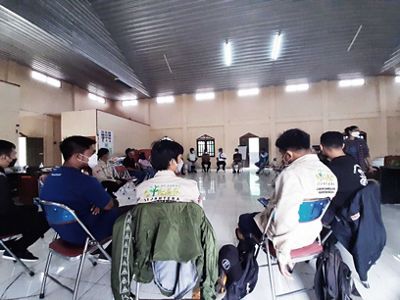
The PSS’s success in Berau was driven by strong leadership from Regent Muharram (2016–2021) and continued by Sri Juniarsih Mas (2021–2024). They prioritized substantial village funding, leveraged private sector contributions, and fostered collaborations with universities and NGOs. Initially, there was one facilitator for every four villages; the program improved this to one facilitator per village. The lack of learning platforms for facilitators and officials was resolved through diverse training, coaching, and mentoring sessions.
Due to frequent staff changes, Yayasan Nastari organized annual training, coaching, and mentoring for Pejuang SIGAP Sejahtera. Some of the facilitators who participated in these sessions later assumed positions in the village government. Training focused on facilitation techniques using the SIGAP (7D) approach, emphasizing natural potential and residents' aspirations, shaping development plans with clear visions, targets, strategies, and aligned programs. In addition to facilitator training, Yayasan Nastari organized local workshops for officials and villagers to develop village development plans.
The Yayasan Sanggar Inovasi Desa (YSID) concentrated on strengthening village government capacities. The SIGAP Village Academy was held regularly, transforming passive officials into proactive community initiative leaders. Training topics included village development planning, information systems, regulation drafting, and economic empowerment through village-owned enterprises (BUMKam). Other key areas included participatory leadership and institutional authority distribution.
Support for SIGAP Warriors, SIGAP Village Academy sessions, and workshops under the SIGAP Sejahtera Program significantly strengthened the synergy between village and regency development plans. The Improved alignment of priorities led to increased budget allocations from the regency to villages.
By the end of 2024, after six years of implementation, the SIGAP Sejahtera Program achieved notable progress:
- Villages previously struggling with development fund absorption now manage over two billion rupiahs or more.
- No villages remain classified as underdeveloped; all have achieved high IDM status—developing, advanced, or independent.
- All villages have solid RPJM documents, with over half categorized as "green RPJM" for including ecological resilience activities.
- Two villages, Sumber Agung and Labanan Makarti, established learning centers for officials, eliminating the need to travel to Java for governance training.
- Village information systems have advanced, with all villages maintaining up-to-date profiles for planning. Many have land-use maps, and several operate active village websites.
- Numerous villages founded BUMKam, with 25 actively running businesses.
- Social forestry areas span 106,527 hectares across 31 units—the largest in East Kalimantan.
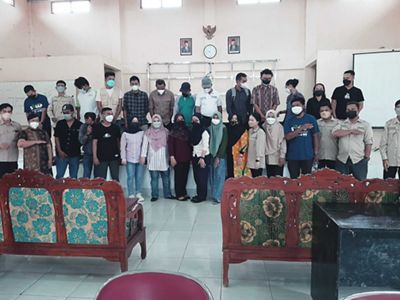
However, challenges remain, particularly uneven progress. Coastal and downstream cluster villages exhibit sufficient to strong capacity improvements due to proximity to administrative centers, robust transport and communication infrastructure, and vibrant economic activities (ports, markets, plantations, mining). Upstream villages, characterized by forested landscapes, face challenges due to their isolation, poor road conditions, limited mobile signal coverage, and underdeveloped markets.
